Hamanako [Lake Hamana], located in the western part of the Hamamatsu City, is the tenth biggest lake in Japan measuring at 70.4K㎡, is also the longest brackish-water lake in Japan measuring 128Km from Hamamatsu City to Kosai City, and is a saltwater lake for the south end leading to the Pacific Ocean. Aquaculture for eels, seaweed, oysters and soft-shelled turtles is popular, and the lagoon is famous for one of the best eel-producing areas in Japan. Because of the seawater flowing from the Pacific Ocean, Hamanako [Lake Hamana] has abundant seafood to taste and marine sports to enjoy. "Hamamatsu Flower Park" and "Hamanako Garden Park" hosted the "Hamanako [Lake Hamana] Hanahaku" [Shizuoka International Horticulture and Garden Exposition Pacific Flora] in 2004, 2014 and 2024 together.
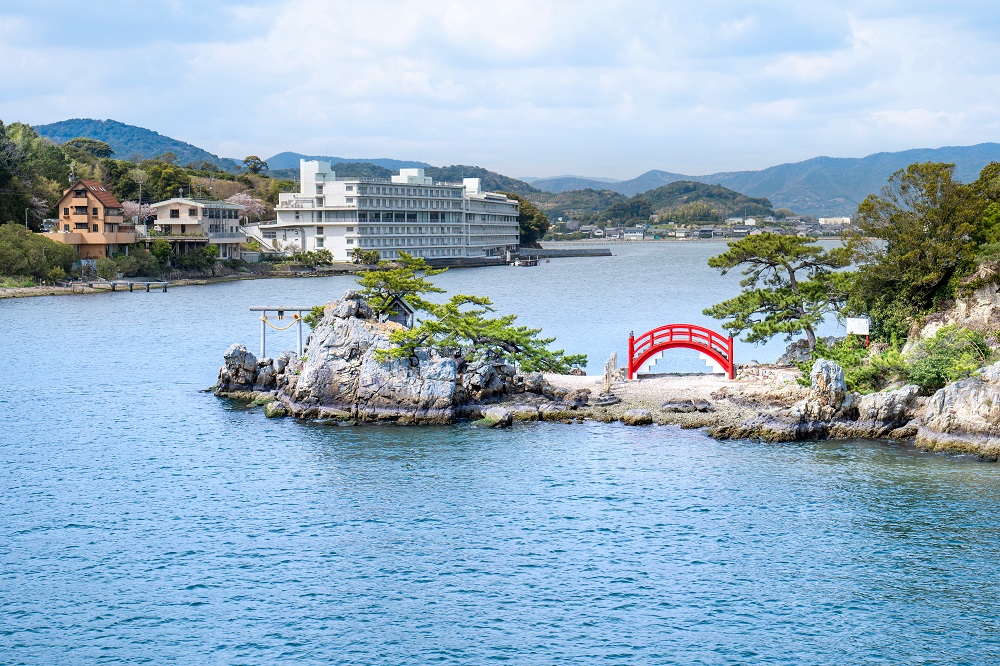
Hamanako [Lake Hamana] was once a freshwater lake, until a major earthquake around 1498 connected the lake and the sea and turned into a brackish lake with a mixture of seawater and freshwater. Therefore, Hamanako [Lake Hamana] is home to both freshwater fish and a large number of marine fish and shellfish, with over 800 species. Seaweed cultivation started during the Edo Period (1600 or 1603-1868), and eel, soft-shelled turtle, and oyster farming followed in the Meiji Era (1868-1912). Carefully farmed stress-free in the warm climate and the rich-in-mineral groundwater from the Tenryu River and the Mikatahara Plateau, eels from Hamanako [Lake Hamana] have a reputation for their firm flesh and plumpy, luxurious flavor, and are prominently known throughout Japan.
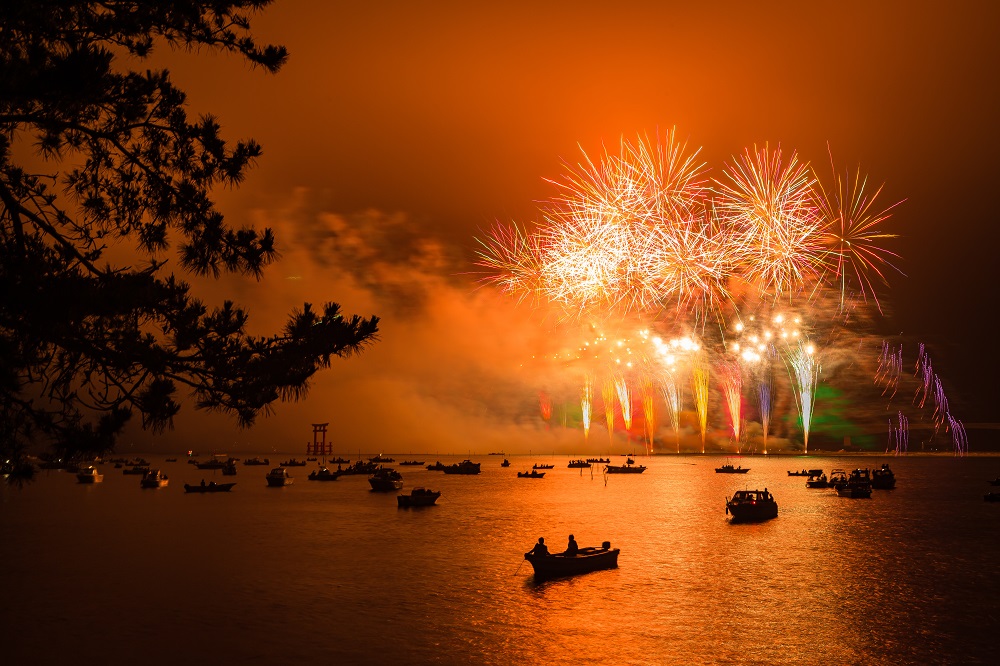
Enjoy seasonal vibes when visiting Hamanako [Lake Hamana]. At "Hamamatsu Fruit Park Tokinosumika", 1,300 blooming cherry trees and 130 species of tulips bloom in spring. In May, handpick famous tea of Hamamatsu and taste various types of Hamamatsu tea. "The Hamamatsu Festival" is a major event in the city held annually on the May third, fourth, and fifth, and one of the most popular festivals in Japan, attracting more than 1 million visitors. The parade of the gorgeous palace floats and kite-flying battles features myriads of large, sumptuous kites well worth seeing. In the summer, visitors flock to the area to swim in the sea and to enjoy marine sports such as windsurfing and kayaking. At this time of the year, eels from Hamanako [Lake Hamana], pike congers from the coast of Enshu and the "phantom" mud crab in season are enjoyed as gourmet delicacies. The "Floating Lantern Fireworks Display" in which approximately 2,000 lights adorn the lake while fireworks are shot off is also a magnificent sight.

In autumn, the mountains surrounding Lake Okuhamana are slowly turning red, and the gardens are being seen in the autumn colors at the famous Kohoku Gozan Temples, including Houkouji, Ryotanji and Daifukuji. Also, enjoy picking seasonal fruits: mandarin oranges and Japanese pears.
In winter, experience the clear air and pure beauty of Hamanako [Lake Hamana]. Blessed with warm temperatures and abundant seafood, Hamanako [Lake Hamana] is a paradise for wild birds, visiting the lake in winter. The bath at "Kanzanji Onsen" [hot springs] on Hamanako [Lake Hamana], with a high salt content, warms the body from the core, making a dip in the onsen [hot spring] even more wonderful experience in cold winter.
The area surrounding Hamanako [Lake Hamana] is successful for industries such as textiles, musical instruments, transportation equipment and the world-renowned companies such as Yamaha and Suzuki were founded here, with facilities to learn about the history of the companies. The bounty of nature makes fishing and agriculture prominent as well.
■From Nagoya
Take the Tokaido Shinkansen from JR Nagoya Station to Hamamatsu Station.
Take the Tokaido Main Line from JR Nagoya Station to Hamamatsu Station (transfer at Toyohashi Station)
■From Tokyo
Take Tokaido Shinkansen from JR Tokyo Station to Hamamatsu Station.
Kanzanji Onsen [hot springs], located on the shore of Hamanako [Lake Hamana], was opened in 1958. Surrounded by tourist attractions of " Hamanako Pal Pal", "Kanzanji Ropeway" and "Hamamatsu Flower Park", this onsen [hot springs] resort is accommodating tourists in Hamamatsu. At both accommodation facilities and restaurants, enjoy the prized Hamanako [Lake Hamana] gourmet: eels and natural torafugu [blowfish].
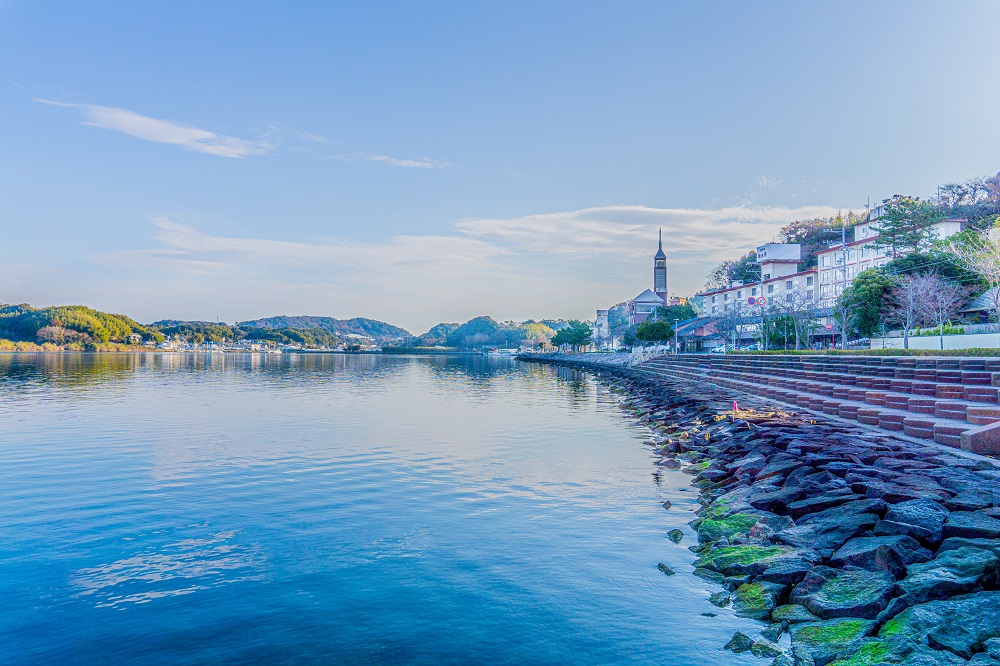
Nakatajima Sand Dunes extends 0.6 km from north to south, and 4 km from east to west. From the dunes, take a look at the sprawling coast of Enshu-nada with an unobstructed view. The wind on the dunes creates a pattern called "fumon" resembling a beautiful work of art. Loggerhead turtles, which are endangered species, come on shore to lay eggs in summer. The eggs are protected and released by a local nonprofit organization. Also, it is a popular filming location for Japanese movies and TV dramas.
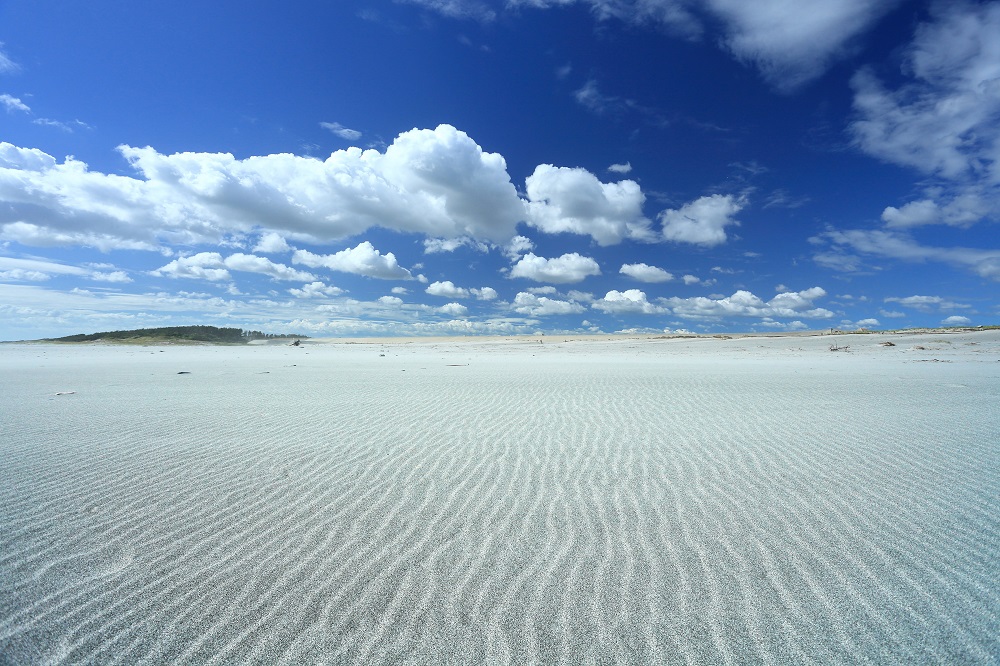
Hamamatsu Flower Park is a botanical garden established in 1970 on about 30 hectares of land northwest of central Hamamatsu, bordering Hamanako [Lake Hamana].
All types of flower lovers will find joy, with over 300,000 square meters of botanical gardens and more than 3,000 species, made of the flower beds of bountiful tulips, showy azaleas, noble iris and lacy hydrangeas. In early March, the Kanzanji and Hina cherry trees bloom in the park. Numerous types of flowers bloom from season to season, creating a relaxing space for visitors. Seasonal exhibits and events are often held, attracting visitors all year round.

Hamamatsu Castle is where “tenka-bito” [a powerful figure who is the ruler or leader of the entire country] Tokugawa Ieyasu, was surrounded by huge Sengoku warlords of Imagawa, Takeda, Oda and famous families from surrounding countries when he was young, and survived the battle for 17 years and seized the dream of unifying Japan. During the Edo Period (1603-1867), the castle was held by feudal lords who had served the Tokugawa family for generations, and many of them were appointed to important positions in the Edo Shogunate after serving as the lord of Hamamatsu Castle, hence the castle is also known as "Shusse Castle” [“Success Castle”].
The Hamamatsu Castle Park nearby is famous for the cherry blossoms.
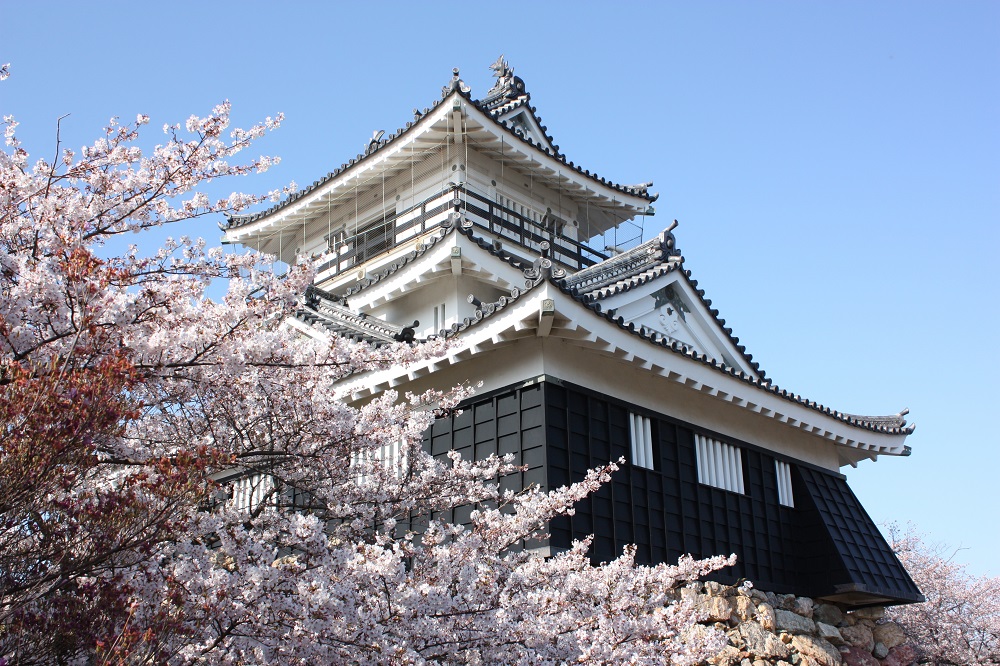
The "Kohoku Gozan" [The Five Temples North of the Lake] are Makayaji, Daifukuji, Hokoji, Ryotanji and Shosan-Horinji residing in the "Oku-Hamanako" area [North of Hamanako [Lake Hamana]].
Gozanno-Bansho [the five temples] were chosen as "Eight Views of Totoumi [Eight scenic views around Hamanako [Lake Hamana]]" by Shizuoka Prefecture in 2014.
Eight Views of Totoumi is a general term for eight scenic spots around Hamanako [Lake Hamana]. The spots were chosen for their historical, cultural and artistic significance.
Each of these five temples has a "nationally designated important cultural property" designated by the Japanese government.
The cultural value and history will be felt directly at each temple, which was built during the Heinan and Edo Eras (from 794 to 1867). Also, the seasonal scenery of garden and nature is magnificent.
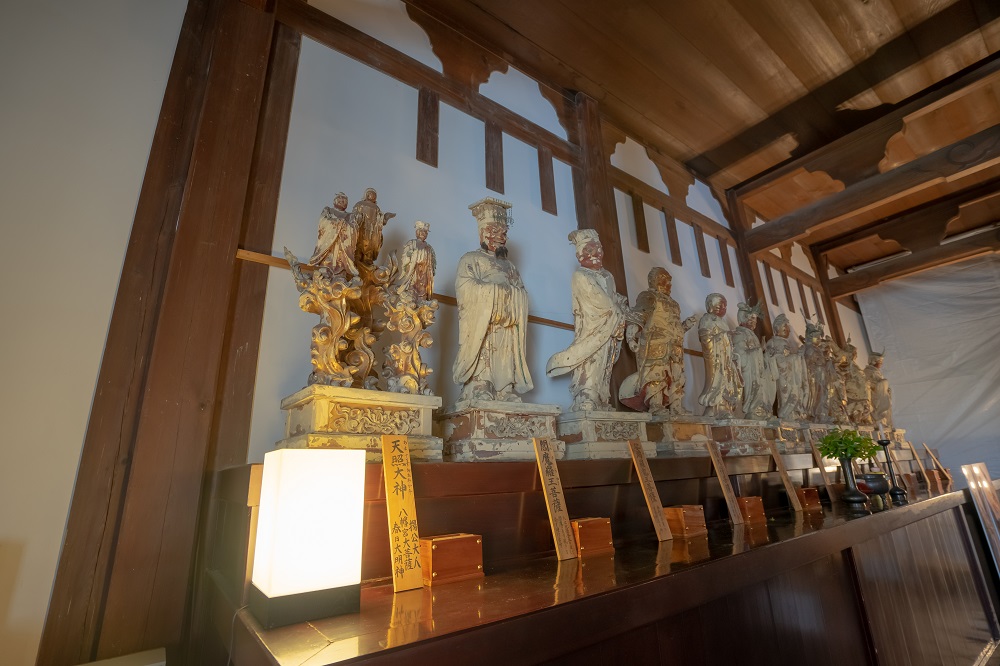
The "Unagipie" Pastry, has been known for 55 years as the signature souvenir of Shizuoka Prefecture, the land of Fujisan [Mt. Fuji]. The Unagipie Pastry, created by Yamazaki Koichi, the second president of Shunkado - a confectionary shop founded in 1887, creating sweets incorporating eel extract. At the "Unagipie Factory" in Hamamatsu City, observe the production process of the "Unagipie". After the tour, enjoy original sweets featuring "Unagipie" [eel pie] exclusively at Unagipie Cafe.
4396-1 Yamazaki, Yuto-cho, Nishi-ku, Hamamatsu-shi, Shizuoka
Renewal opened in April 2024. Experience a quiet moment on the shores of Hamanako [Lake Hamana], with a superb view and onsen [hot springs]. Spend a special day with your family with nature and hotel experiences for all generations to satisfy.
....